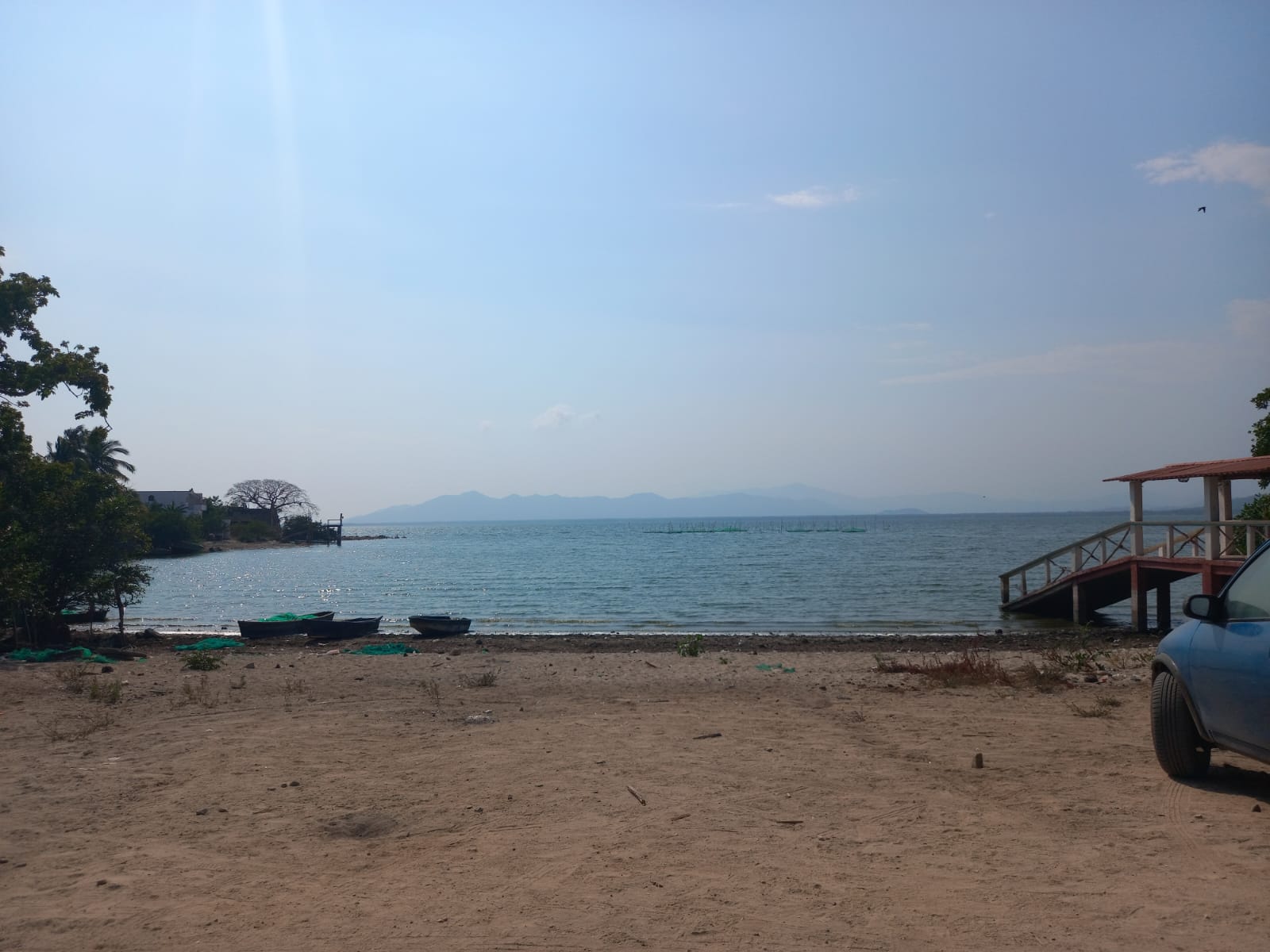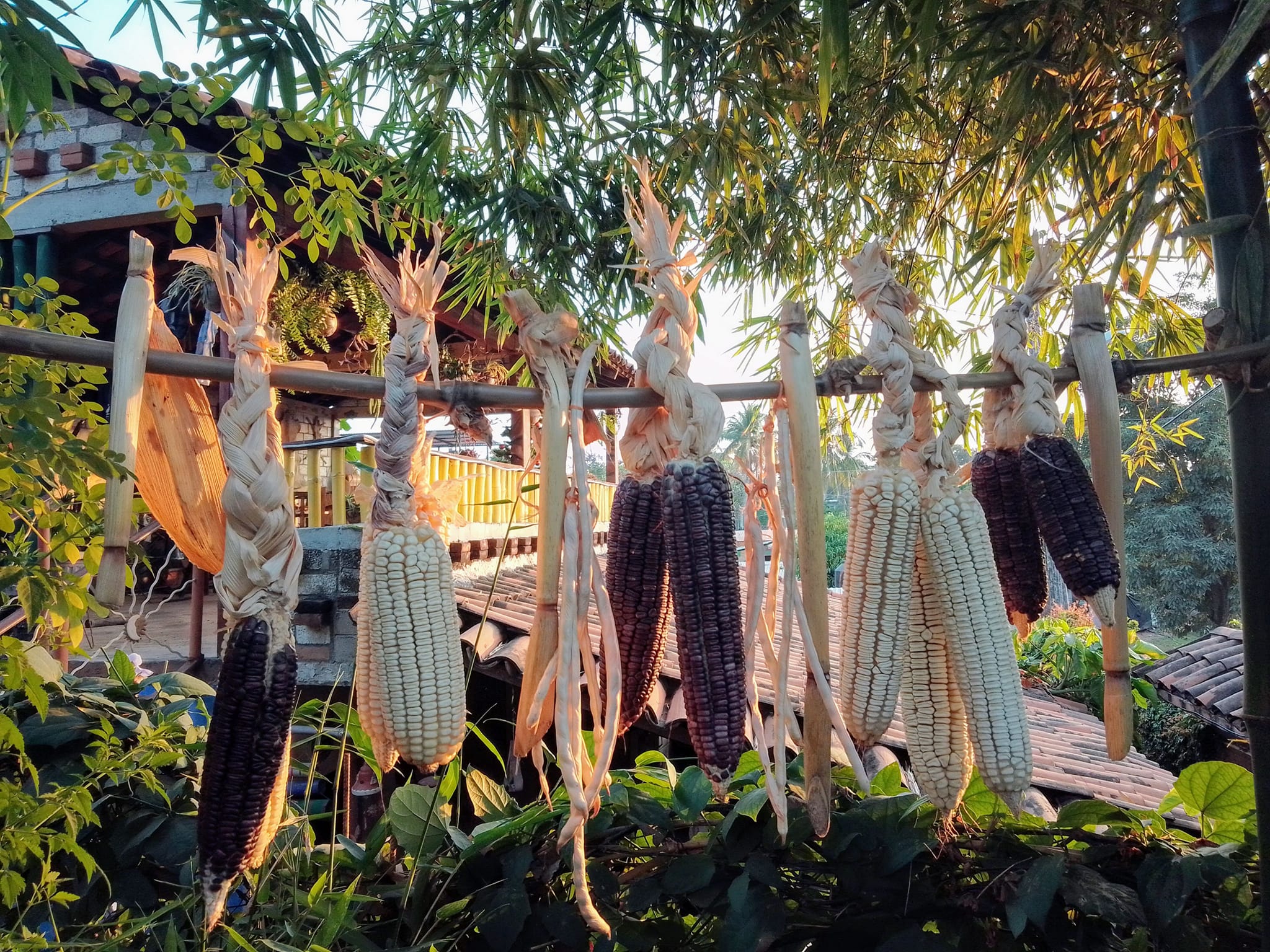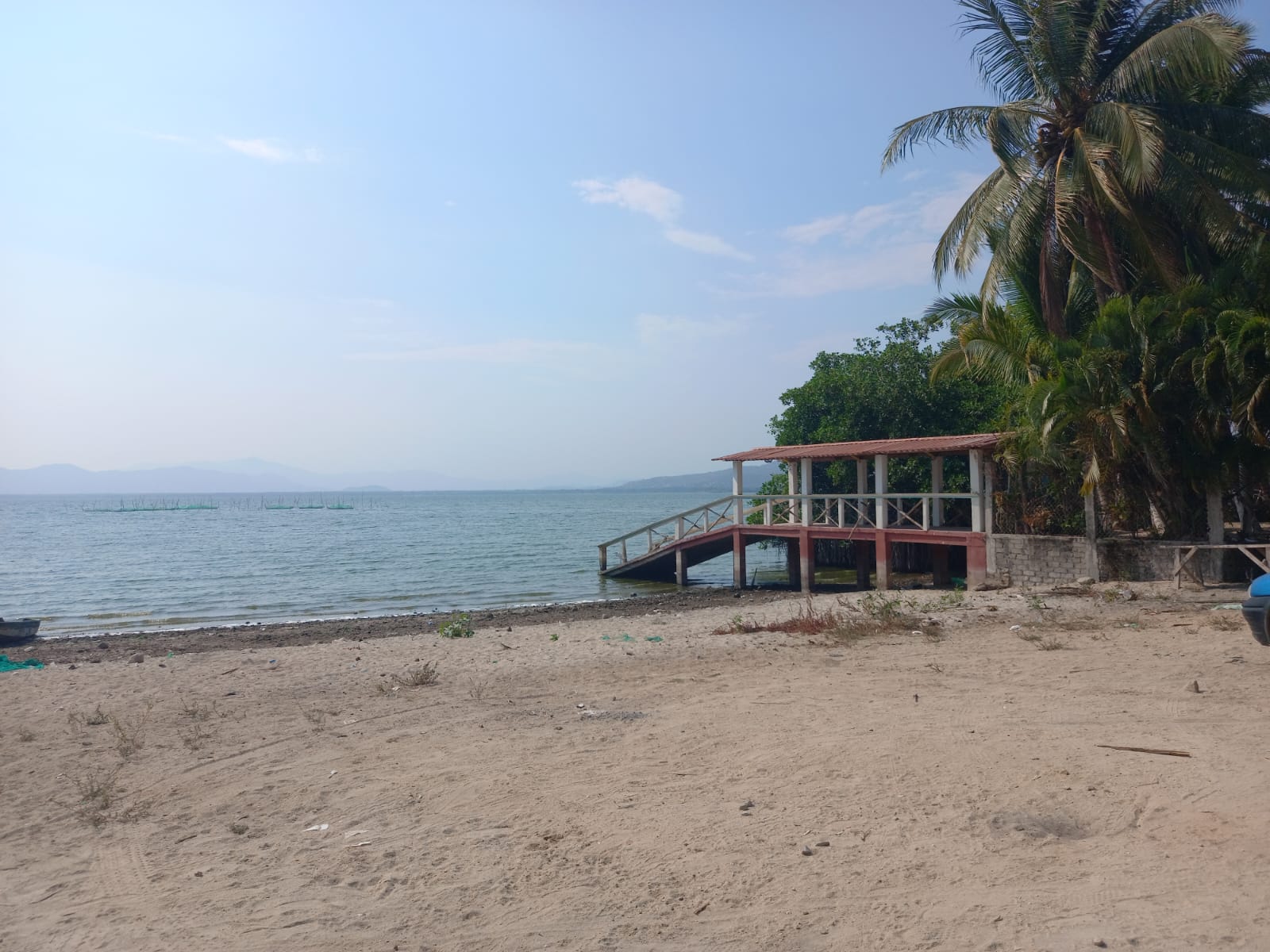by sergio de la paz
coeditors:
-dr. ulises moreno tabarez;
-dra. dulce maría quintero romero;
-dr. Héctor Becerril;
-dra. rocio lopez velasco
In my first blog post, we examined the socio-environmental difficulties brought about by the current pattern of rural development, and how it impacts biodiversity and the daily lives of the inhabitants of the Laguna de Tres Palos watershed. However, the question remains: what can I do to reverse this situation and work towards a sustainable future for the region? The magnitude of this question demands collective and informed solutions; it is never just about one person. To address this, I need to incorporate the latest data I have collected from my research, which involves reviewing and delving deeper into the causes of pollution. I also need to share the progress of our participatory process, which is already underway. This step could be essential to facilitate the transition to sustainable agriculture with elements of agroecology in the community of El Arenal.

Crisis in the lagoon
In the quiet community of El Arenal, I find myself on Pedro’s porch, a veteran fisherman and farmer, as much a part of the landscape as the palm trees lining the nearby lagoon. As we chat, I notice how his eyes often wander to the lagoon, his place of work and livelihood. I ask him if he ever goes beyond the shores in his fishing, and he replies with a firm and definitive ‘no’. Intrigued, I ask him if his decision has any bearing on water pollution. He takes a moment to think and finally nods. He confesses that he has noticed a worrying decline in his daily catch. Finally, with a tone of resignation, he tells me, “I think the culprits are the planting liquids and the drainage water…”.
Pedro’s words set off an alarm bell in my mind. It is clear that immediate action is needed to address the environmental problems he has identified in El Arenal. Agrochemicals used in agricultural activity leach into the subsoil and contaminate the water of the Laguna de Tres Palos, and sewage discharges also contribute to the contamination of the area, as they carry waste that has not been properly treated. It should be noted that these sources of pollution are only some of those pedro has identified, as there are other socio-environmental conflicts affecting the community.
According to testimonies from the community of El Arenal, a recurrent problem is the use of untreated water, a reality unfortunately common at the national level. Despite this situation, there are initiatives that seek to reverse the damage. Notable examples of strategies to clean up lagoons and other water bodies are the recent cases of the Lagunas de Tuxpan in Iguala and Cajititlan in Jalisco, where several civil works have been built (Hernadez, 2023; Gonzalez-Zamora et al. 2023). These projects are testimony to the capacity and commitment of both government and civil society to address these environmental challenges.
On the other hand, a problem often documented at the international level is the use of fertilisers that are dispersed on the soil and end up polluting the lagoon waters. An inspiring example of efforts to solve this problem can be found in the farming communities of Laguna del Cisne, on the outskirts of Salinas, Uruguay (Tarallo, 2022). Since 2010, the local government and inhabitants have worked together to implement participatory strategies based on the principles of agroecology. These measures seek to promote the development of production systems that are more environmentally friendly, with the aim of achieving a sustainable balance between agricultural activity and the protection of natural resources.
Both strategies are a clear example of how collaboration between authorities, local communities and the productive sector can be an effective tool to move territories towards sustainability. This level of cooperation is not encouraged in Acapulco, due to structural problems that will be discussed in the next section.

Overdevelopment in El Arenal
El Arenal faces a precarious socio-environmental situation, the result of accelerated urbanisation driven by mass tourism and government neglect. The problems afflicting the community are varied: poor water quality, inadequate waste management, excessive use of chemicals in agriculture. In addition, urban sprawl has exacerbated the demand for services, the generation of waste and sewage, and the deforestation of mangroves.
The shortage of public services in El Arenal and surrounding areas is another significant challenge. Authorities have prioritised tourist resorts, neglecting the needs of local communities. Waste management infrastructure is virtually non-existent, leading to the accumulation of rubbish and the discharge of wastewater into the lagoon.
In recent years, the three levels of government have implemented strategies to reduce environmental pollution in the region. These actions include the rehabilitation of treatment plants and the regulation of wastewater discharges from housing developments. Although progress has been made, much work remains to be done to achieve a significant change in the environmental situation.
To achieve this, a joint effort between government, business and civil society is required. It is essential to raise awareness and promote sustainable practices in all sectors of economic and social life. Only then can we expect a significant improvement in the situation of the Laguna de Tres Palos watershed.


towards an agroecological reconstruction
I am currently running a community project in El Arenal, which aims to promote sustainable and agro-ecological practices in food production. This approach involves the transition towards agricultural techniques that favour biodiversity and protect local natural resources. In this sense, the project focuses on reducing the use of agrochemicals that can contaminate soil and water bodies.
I based the project on the problem of pollution in the lagoon. Being an outsider in the community, I had to find the best way to approach and present the project in an appropriate way. I turned to a former classmate, Pedro, a local resident, and presented my project to him, stressing the importance of community participation for its success. Fortunately, Pedro agreed and offered to act as an intermediary.
With Pedro’s help, I had the opportunity to present to a group of local residents, where I explained the importance and benefits of adopting sustainable and agroecological practices. In the first step of implementation, I conducted a participatory diagnosis with the group, gathering detailed and systematic information to propose relevant strategies to achieve the project’s objectives.
To start the participatory diagnosis process, I chose to apply a questionnaire to all participants to assess their perception of the socio-environmental problems affecting their community. The answers to open-ended questions about environmental issues and productive activities in El Arenal provided me with a wealth of data that was then discussed with the participants, facilitating the construction of more precise strategies.
We identified as the main problems the inadequate sewage drainage system, the lack of a public waste management service and the lack of an adequate drinking water supply network. As part of the project, we discussed possible solutions, including community cleaning and maintenance work, lobbying the municipal authorities to improve the sewage and drinking water infrastructure, and the use of organic waste for agricultural purposes.
We used the Watershed Diagram, created by Geilfus, to analyse the socio-economic dynamics in the territory and their impact on the community. This analysis allowed us to clearly visualise the distribution of resources and activities in the community, and their relationship with the socio-environmental problems identified.
The transition to sustainable agriculture is a paradigm shift and a complex task that involves the whole community. Although Pedro understands the adverse impacts of agrochemicals, the pressure for yields in each production cycle continues to prevail, leading Pedro and other farmers to maintain the use of agrochemicals.
This change requires not only a modification in farming techniques, but also in the inhabitants’ mentality and perception of their relationship with the environment. It is therefore crucial to continue to raise awareness among the population about the importance of adopting more environmentally friendly practices, such as the use of organic inputs, crop rotation and the establishment of polycultures.
These techniques improve soil fertility, reduce erosion and reduce pollution of the lagoon. It is an integrated approach that seeks to harmonise agricultural production with the well-being of local communities.
In order to achieve an effective shift towards sustainable agriculture in the Laguna de Tres Palos watershed, it is essential to continue working in collaboration with the community. In addition, it is important to seek alliances and establish collaborative networks for the exchange of knowledge and experiences with nearby communities.
In the next blog, I will explain how we built and implemented the community strategy, designed to have a transformative impact on agriculture. Our goal is to move towards sustainability in El Arenal. One of the big challenges will be to ensure the continuity and sustainability of the project in the long term, and to avoid the discontinuation of the project leaving behind only the echo of a personal yearning for sustainability.
references
gonzález-zamora, b., ledesma-montes, s. l. and rico-garibay, d. a. (2022). metodología y prototipo para el tratamiento de aguas residuales para una industria con giro cartonero [methodology and prototype for wastewater treatment for a cardboard industry]. professional thesis: departamento de procesos tecnológicos e industriales, instituto tecnológico y de estudios superiores de occidente.
hernandez, e. (2023) cleaning and de-silting of the tuxpan lagoon in iguala will proceed. el sol de acapulco. tarallo, g., fernández, l., and
pareja, m. c. (2022). el proceso de transición agroecológica en la cuenca de la laguna del cisne, canelones, uruguay. tekoporá [the agroecological transition process in the laguna del cisne watershed, canelones, uruguay. tekoporá]. revista latinoamericana de humanidades ambientales y estudios territoriales





